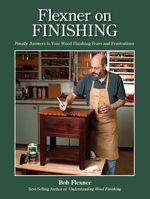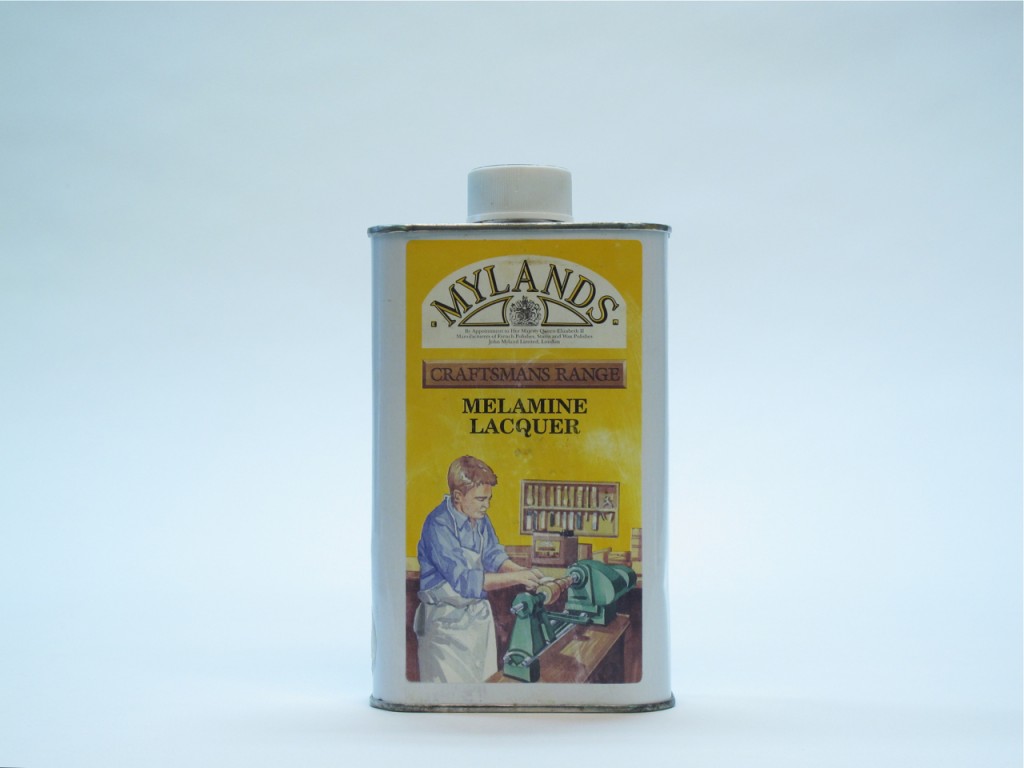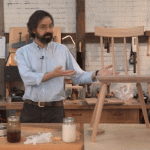We may receive a commission when you use our affiliate links. However, this does not impact our recommendations.
I got a question about finishes for turned wooden pens. Full disclosure: I’ve never turned a pen. Nor have I turned a bowl. My experience with the lathe has been turning parts for furniture I’m restoring.
But I know a bit about finishes, so I think I can answer the question.
The pen turner said he didn’t like using cyanoacrylate (CA) glue because it made the wood look too much like plastic, and the vapors burned his eyes. He wondered about using one of the mixtures of shellac and oil or shellac and wax sold to woodturners but was concerned about the finish not holding up well when held between fingers for long periods.
He was right about this. Neither shellac, nitrocellulose lacquer, water-based finish, oil or wax provide good resistance to body oils secreted from fingers. Nor do mixtures. Slowly the finish will be broken down and become soft, sticky and gummy.
Varnish, including polyurethane varnish, provides very good resistance because it’s a reactive finish that crosslinks. So one or two coats of thinned varnish (“wiping varnish”) a day would work well for durability. The problem is that varnish dries slowly and woodturners usually like to apply their finish right on the lathe in a short time.
So my recommendation for an alternative finish to CA glue is pre-catalyzed lacquer. It also crosslinks. It is sold in small containers by Craft Supplies as “Melamine.” The product comes from England, and this is what pre-cat is called there, at least by Mylands, the supplier of the finish. (Catalyzed lacquers are made with melamine.) Here’s the link to the product…
You can also buy pre-cat at paint stores that sell to the professional trade, of course. But the smallest size will be a gallon, which is a lot unless you turn a lot of pens.
Be forewarned though that this finish also has fumes, so if you’re interested in a substitute for CA glue, this may not work well for you. The solution for fumes is good airflow away from you. You can arrange this easily with a fan.
If the fumes from both CA glue and pre-cat irritate you, even with a fan, you may have to settle for an inferior finish.
 Want to learn more about finishing from Bob Flexner?
Want to learn more about finishing from Bob Flexner?
Check out his book “Flexner on Finishing,” at shopwoodworking.com
Here are some supplies and tools we find essential in our everyday work around the shop. We may receive a commission from sales referred by our links; however, we have carefully selected these products for their usefulness and quality.











Correct me if I’m wrong, but I thought pre-cat lacquer had a very short lifespan. (3-6 months) This is why if I purchase it from a contractor supply house, the catalyzer is added just before purchase. Otherwise the catalyzer is provided separately and I have to mix it in. That is why it is called ‘pre-catalyzed’…
Also note, that because of California laws (I’m not saying good or bad, but as explained to me at Sherwin-Williams), pre-cat lacquer is no longer manufactured within the US, and (at least in Seattle) it is imported from Canada.
I’ve been using an oil/varnish blend (Tru-Oil gun stock finish, Birchwood Casey) on tool handles for quite some time. I apply the finish on the lathe, heat it with shavings, touch with 320P, apply a second coat and heat with shavings again. A final touch of the dry coating with 400P or occasionally with 600P gives a very nice finish right off the lathe with no “plastic” appearance. Of course the cure continues even after that, but the initial cure is not bad for the user. Some of my tools are used in longish sessions with no development of the softening or stickiness you’ve referred to. Unless a user is a professional writer hand writing, say, the next War and Peace or The Fountainhead, the Tru-Oil should do pretty well I would think.